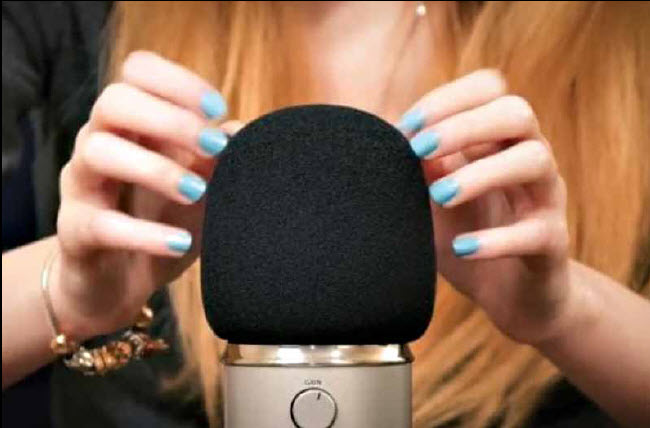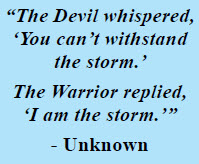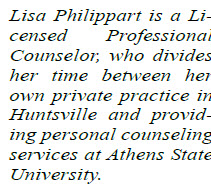ASMR
 By: Lisa Philippart
By: Lisa Philippart
What do these things have in common: whispered affirmations, page-turning, tapping fingernails, slow hand movements, soap being gently cut into pieces, and hair being brushed? If you are someone who experiences autonomous sensory meridian response (ASMR) you may recognize these seemingly mundane sounds and sights as “triggers” for the ASMR experience. If you are sitting there scratching your head in confusion, don’t worry. You are actually in the majority. Most people are not affected by these events…but what does it mean for those who are? The ASMR experience is described as a pleasant, warm, and tingling sensation that usually starts on the scalp and moves down the neck and spine. ASMR first became big on the internet in 2007, when a woman described her experience of ASMR in an online health discussion forum. At that time, there was no name to describe the sensation, but by 2010, Jennifer Allen had named the experience ASMR. Ever since, there has been some controversy surrounding whether ASMR is “real” or just imagined sensations. In fact, some have ascribed the phenomenon to a symptom of loneliness among the Gen Zs because of their attachment to virtual reality!


So is ASMR real? One study from 2018 recorded participants’ physiological responses while watching ASMR videos. There was an obvious difference in responses between those who self-identified as experiencing ASMR and those who did not. The AMSR group had lower heart rates and a tiny increase in the sweat response. What this shows is that the AMSR experience was both calming (decreased heart rate) and arousing (sweating.) This makes AMSR a different experience from simple relaxation, but also distinct from the chills that happen when you hear your favorite band playing live. Scientists also looked at how the brain functions during ASMR. Using functional MRI, they found that those watching ASMR videos had activity in the prefrontal cortex, which is the advanced part of the brain associated with self-awareness and social information processing and behaviors. There was also activation in the brain areas associated with reward and emotional arousal. Researchers speculated that this pattern reflected how ASMR resembles the pleasures of social engagement and bonding. (The problem with the brain imaging study was that there was no non-ASMR comparison group.)

While there have been limited studies on the subject, attempts have also been made to establish a direct correlation between the ASMR and specific personality traits. One small sample study showed that ASMR experiencers scored high in the Openness-to-Experience and Neuroticism categories. Openness to Experience reveals intellectual curiosity, creativity, and inventiveness, while the Neuroticism category suggests vulnerability to stress and emotional reactiveness. ASMR experiencers scored low in Conscientiousness, Agreeableness, and Extraversion categories. This implies that people who are capable of experiencing ASMR tend to be more flexible and spontaneous and don’t strive to be highly efficient or organized. Additionally, low scores in Extraversion indicate that solitary, reflective, and reserved people experience ASMR more often than those who are talkative and outgoing.
ASMR is an involuntary physiological response. Those who have it have said that they’ve noticed it since childhood, when they didn’t even know what to call the experience. Interestingly, ASMR has similarities to another form of perpetual phenomena known as synesthesia. Synesthesia is an experience where a person’s senses crossover, so that getting stimulation in one sense triggers experiences in another sense. For example, those with synesthesia experience specific colors when reading letters or certain tastes when touching textures. In fact, some researchers have suggested that ASMR is actually a form of synesthesia or at least related. If you aren’t sure if you’ve experienced ASMR before, go to YouTube, where there are literally thousands of ASMR videos with a huge variety of triggers. Start with the most popular ones for the highest chance of finding the right triggers that set off sparks for you.
By: Lisa Philippart
Licensed Professional Counselor